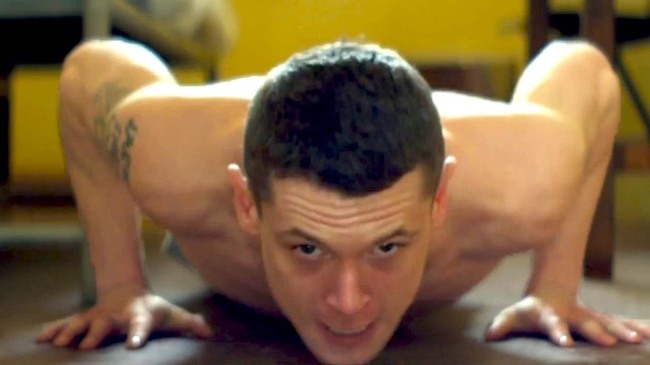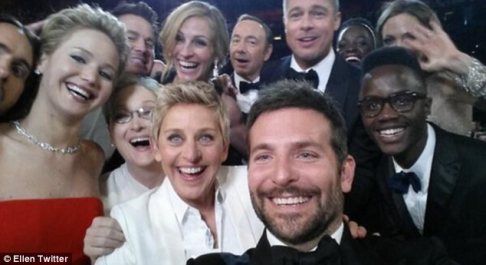Wow. A star is born. Jack O’Connell is absolutely extraordinary in the gritty British prison drama Starred Up. Tough and vulnerable, very physical but still intelligent, and with that infectious laugh he deployed so well in Skins that says “F**k it all, I’ve nothing to lose,” he gives a (literally) balls-out performance. Angelina Jolie cast him as the lead in her next movie after seeing an early preview. It is inconceivable that he will not become the next major British star to follow Ewan McGregor, James McAvoy, Tom Hardy and Michael Fassbender.
But there’s another star born here, and that’s the first-time writer of Starred Up, Jonathan Asser. About three years ago, I met Jonathan at a film gathering, and we swapped the pitches for our current projects, as you do. When I heard his, I told him, and I have never said this before or since, that it wasn’t just a strong idea, but that it would get made. All he had to do was put it in front of some producers, and one would leap at it.
The reasons for that should be instructive to any would-be writer/film-maker.
— Write what you know. Producers are looking for inside knowledge that only you can bring. A tiny example: I went to a seminar with a British director who was hired to make a Hollywood cop movie, above more experienced American directors, because he said his Dad was a policeman.
Jonathan Asser worked as a prison therapist for 12 years, before his contract was abruptly and mysteriously terminated. When he talked about life in prison, you knew that whatever fiction he wrote was going to grounded in reality, that he knew the ins and outs that most writers-for-hire in their lonely garrets or beside their Hollywood pools could only guess at.
— Create your world. This point follows from the first, but whatever your genre, the world it’s set in must be convincingly “real”, however outlandish are the events that take place within it. This is even true in fantasy and science-fiction. The Lord of the Rings and Dune both endure because the writers created an elaborate alternate universe, with its own languages, history, races and customs.
I remember Jonathan Asser was worried about his proposed title, Starred Up, being alienating. No, I said, it’s perfect. First, it just sounds good. But more importantly, even if you don’t understand it you can tell it’s some kind of slang (it means a young offender being transferred early to an adult prison), which conveys the message this will be a story told from the inside, with its own unique language and customs.
— Show them the passion. I once had a friendly meeting with a top producer. She listened to my ideas: a sci-fi film, a thriller, a rom-com. She said yes, fine, but what are you really passionate about? I was thrown. All of them, I said. No, she insisted, what are you really passionate about?
I think what she meant was, what’s the film you would die if you didn’t make, the film that is burning to erupt from inside you like molten lava? Starred Up is clearly that to Jonathan Asser. There’s even a line in the film when the prison therapist, modelled on himself, confesses that his group sessions are just as much therapy to him as to the inmates. “I need to be here,” he says simply. And this is a film, after his therapy project was pulled out from under him after 12 successful years, that Jonathan needed to write.
As the old Hollywood saying goes, “The most important thing in this business is sincerity. If you can fake that, you’ve got it made.”


















